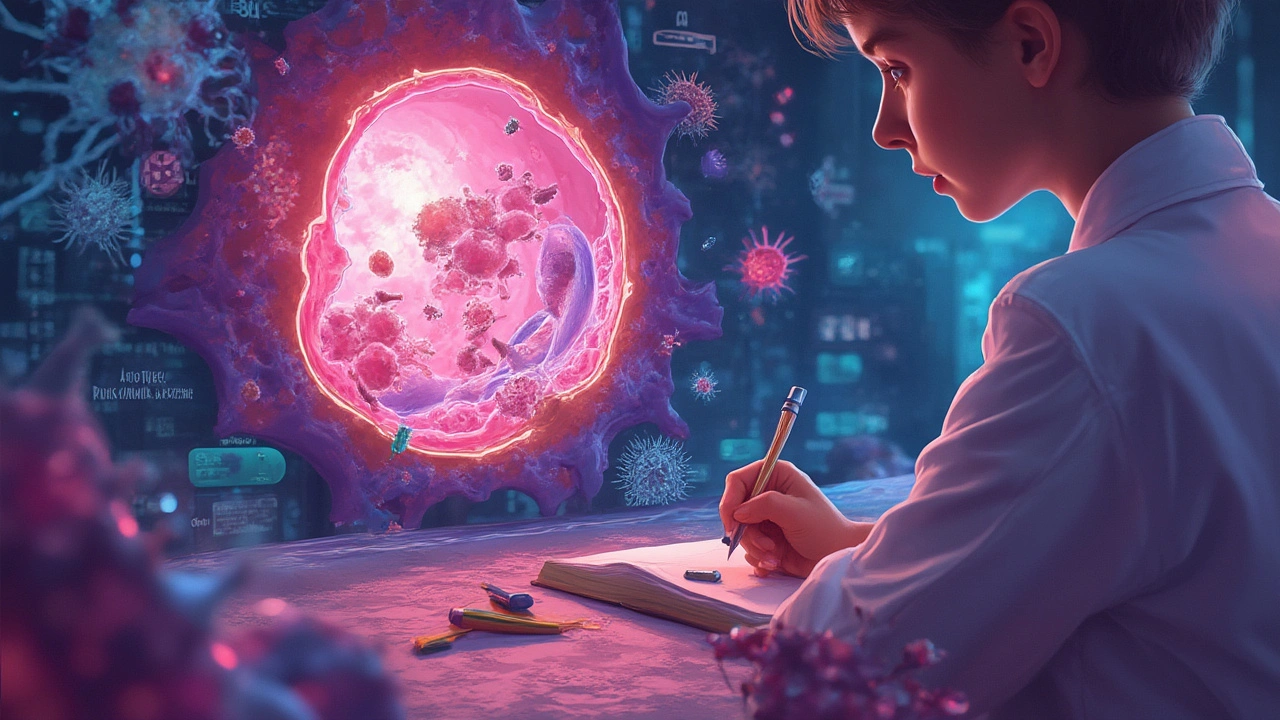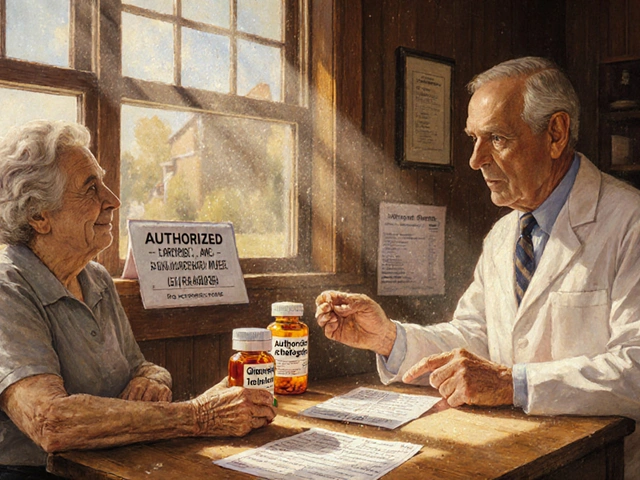Mechanisms of Bacterial Infections: How Bacteria Make You Sick
One tiny bacterium can start an infection that ruins your day. That happens when bacteria stick, multiply, damage tissues, or trick your immune system. Knowing how they do it helps you understand symptoms, why some infections hang on, and what treatments actually do.
How bacteria attack
Adhesion is often the first step. Bacteria use tiny hairs (pili or fimbriae) or sticky proteins to latch onto cells. For example, E. coli that cause urinary tract infections grab onto bladder cells so they aren’t flushed out. After sticking, many bacteria multiply fast and form colonies.
Some bacteria invade cells or tissues. Listeria and Salmonella slip into host cells and hide while they spread. Others stay outside but release toxins. Toxins can be local (causing tissue damage and pus) or systemic (causing fever, low blood pressure, or organ damage). Think of Staphylococcus aureus alpha-toxin that destroys cells or botulinum toxin that blocks nerve signals.
Biofilms make infections stubborn. A biofilm is a slimy layer where bacteria live together on a surface — catheters, implants, or even teeth. Inside a biofilm, bacteria are protected from antibiotics and immune cells. Pseudomonas in chronic lung disease is a classic biofilm problem.
Bacteria also swap genetic tools. Plasmids and transposons let them share resistance genes or new toxins. That’s how antibiotic resistance spreads quickly in hospitals and communities.
Why this matters for treatment and prevention
Treatment targets the mechanism. If bacteria make a toxin, stopping the bug may not stop the toxin’s effect immediately — sometimes antitoxins or surgery to remove dead tissue are needed. If the infection lives in a biofilm, standard antibiotics might fail and doctors may remove the infected device.
Resistance changes everything. Enzymes like beta-lactamases break some antibiotics. Other bugs pump drugs out or change the drug’s target. That’s why labs test bacteria for sensitivity before picking certain antibiotics when possible.
Practical prevention tips: wash your hands, keep wounds clean, follow catheter care rules, and get vaccines where available (like pneumococcal and Hib). When you get antibiotics, use them exactly as prescribed and don’t pressure doctors for antibiotics for viral illnesses.
Spotting trouble early helps. Rapidly spreading redness, fever, severe pain, or signs of sepsis (confusion, fast breathing, very low blood pressure) need urgent care. For urine infections, get a sample before starting antibiotics if you can — it helps choose the right drug.
Understanding how bacteria work doesn’t make infections less scary, but it makes treatment smarter. Know the basics, follow prevention steps, and talk to your clinician when an infection won’t clear or gets worse.

Mechanisms of Bacterial Infections: In-Depth Guide for Medical Students & Exam Prep
Get a detailed, student-friendly review of bacterial infection mechanisms and pathogenesis. Ideal for coursework, exam prep, and medical understanding.
Health and MedicineLatest Posts
Tags
- online pharmacy
- medication
- dietary supplement
- side effects
- online pharmacy UK
- medication safety
- mental health
- impact
- online pharmacies
- dosage
- skin health
- health
- pain relief
- dietary supplements
- massage therapy
- medication side effects
- eye inflammation
- health benefits
- mental health treatment
- thyroid medication




